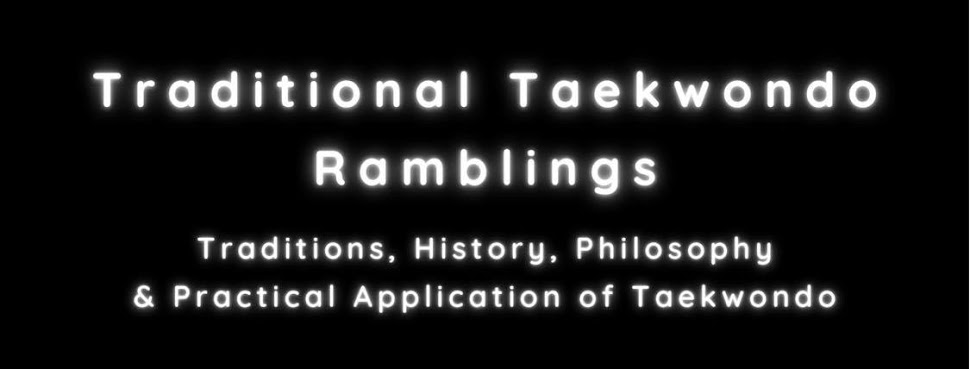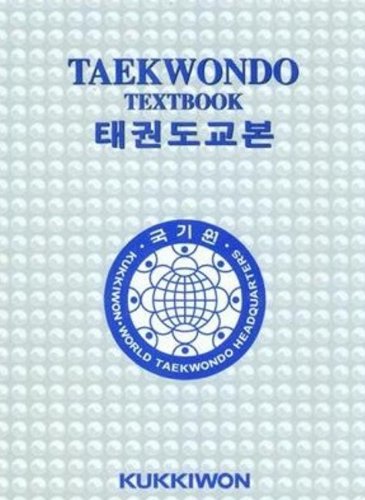This time I will share one quote from Kenwa Mabuni. Like Funakoshi, Kenwa Mabuni was a Karate pioneer and taught by legendary masters. He was the first teacher of Yoon Kwae Byung which those who read my blog will know is the founder of the Ji Do Kwan (or reopener of the Yoon Moo Kwan as Ji Do Kwan depending on how you look at it). So eventhough Kenwa Mabuni is a Karate master and that most of Taekwondo`s Karate roots are with Gichin Funakoshi, Kenwa Mabuni also had a finger in the Kukki Taekwondo lineage. Mabuni is or was famous for his knowledge of many differen forms or Kata, but he was also famous for his deep knowledge of them. Knowing that he knew A LOT OF Kata or forms I found this quote very interesting when I first saw it. So here is the quote:
"If practiced properly, two or three kata will suffice as "your" kata;
all of the others can just be studied as sources of additional knowledge.
Breadth, no matter how great, means little without depth.
In other words, no matter how many kata you know,
they will be useless to you
if you don't practice them enough"
-Kenwa Mabuni



